All enterprises face disruptions in today’s digital age, and only the fittest will thrive. Disruptions come in a variety of forms whether it is political, economic, or social. Now more than ever, disruptions are technological. They change the equilibrium of an industry which forces people and enterprises to adapt. Successfully adapting to disruptive innovation in the industry requires: Aim, Alignment, and Adaptability.
- Aim – Define a strategy to create a common understanding of your enterprise goals and objectives. The aim will create a focal point that determines what to do and what not to do.
- Alignment – Build commitment by ensuring the decisions made during execution are consistent with the strategic direction of your enterprise. The strategy will provide guidelines to C-suite executives and the rest of the team to make decisions about what is valued most as success in the long-term vision of the enterprise.
- Adaptability – Your strategy is not a noun, it is a verb. Your strategy is an action in motion that needs to evolve, continuously change, and adapt to the disruptions you are facing.
An important difference between strategy and strategic plans is: you build one strategy, but build multiple strategic plans to bridge the gap from what you have defined in the strategy versus the day-to-day actions that ultimately execute the strategy.
Your road to building strategic plans and closing the gap between strategy and execution is Enterprise Architecture
Despite the value that a business architecture brings, most enterprise architecture and technology leaders remain focused on technical outcomes, with an emphasis on supporting the execution of digital projects, defining principles, technical KPI’s as well as policies and standards. Over the past five years, there has been a shift towards “business-outcome-driven EA” which has extended the reach of the EA practice of the strategy into the end of the cycle. The EA is the blueprint of your enterprise and supports your strategy execution to guide the analysis, design, planning, and implementation of initiatives which includes building business capabilities.
- Modeling and Analysis: Provide insights to your strategy, use the toolbox for modeling ranging from future-state design, impact analysis, scenario planning, ecosystem modeling, operating modeling, and enterprise design.
- Practices – Utilize working practices that range from design thinking, lean startup, capability-based planning to investment analysis.
- Competencies & Capabilities– Build a set of competencies that are suited to your strategy including customer-centricity, digital skills, agile coaching, and cross-functional teams.
At Thynkli, we use progressive Enterprise Architecture to work more effectively with business partners to influence digital initiatives, define business outcomes, align your capabilities to company strategy, and also foster lean change management to encourage business as well as people-centric conversations about technology.
To discover more about the Thynkli process using Enterprise Architecture see HERE.

